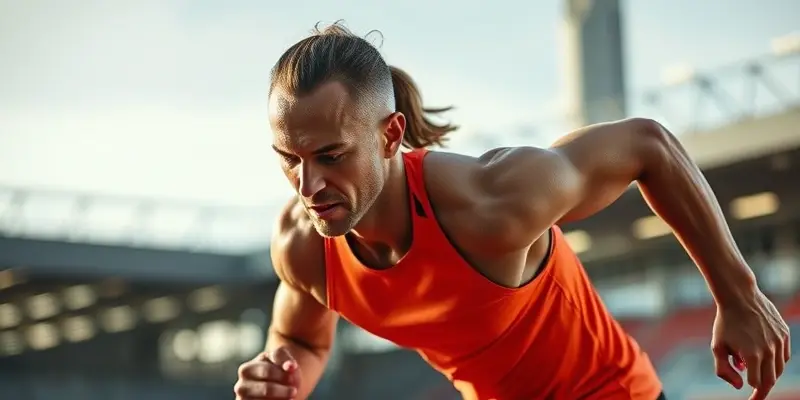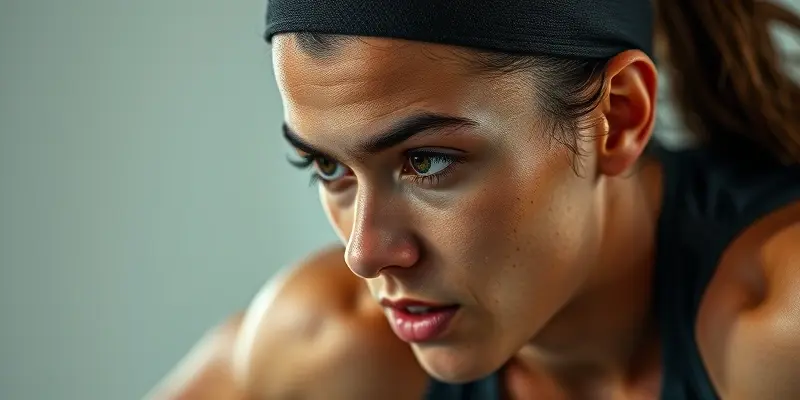Introduction
In the world of sports, injuries are a common challenge that athletes face. From knee injuries to shoulder strains, the road to recovery can be daunting. By integrating effective prevention strategies and advanced recovery techniques, athletes can minimize downtime and optimize their performance. Let’s explore how to combine sports injury prevention and recovery with Google’s content standards to create a comprehensive guide for fitness enthusiasts of all levels.
Understanding Google’s Content Standards
Google emphasizes the importance of creating people-first content that is valuable, reliable, and focused on meeting the needs of the audience. Content should provide original insights, demonstrate expertise, and offer a great user experience. By aligning with Google’s standards, we can create informative and engaging content that resonates with readers.
Common Sports Injuries and Prevention Strategies
Frequent Injuries
- Knee Injuries: ACL and meniscal tears are prevalent in sports like football. Learn more about injury recovery checklist for comprehensive rehabilitation.
- Ankle Sprains: Occur due to sudden twisting motions.
- Shoulder Injuries: Labrum and ACJ injuries are common in contact sports.
Prevention Strategies
- Proper Warm-up and Cool-down: Essential for preparing the body and reducing injury risk.
- Strength Training and Stretching: Enhance muscle strength and flexibility for injury prevention.
- Nutrition and Hydration: Maintain physical health and minimize cramps.
- Use of Protective Equipment: Helmets, pads, and mouthguards reduce injury risk in contact sports.
Recovery and Rehabilitation Techniques
Physical Recovery Tools and Gadgets
- Cold and Heat Therapy: Reduce swelling and pain.
- Compression Garments: Aid in blood flow and reduce muscle soreness. Learn more about visualization for healing to support recovery.
- Rehabilitation Equipment: Assist in gradual return to activity.
Nutrition Plans for Healing
- Protein-rich Diets: Support muscle repair and recovery.
- Vitamin and Mineral Supplementation: Ensure essential nutrient intake for optimal recovery.
Psychological Support for Motivation
- Goal Setting: Establish realistic goals for recovery and performance improvement.
- Mindfulness Techniques: Reduce stress and enhance focus during rehabilitation.
Advanced Recovery Techniques
- Cross-training: Maintain fitness levels without overloading specific body parts.
- Gradual Return to Play: Avoid re-injury by ensuring thorough recovery before full training.
By following these strategies and utilizing Google’s content standards, athletes can navigate the challenges of sports injuries with resilience and efficiency. Remember, the key is to prioritize people-first content that adds value and fosters trust among readers. Stay tuned for more insightful content on sports, fitness, and wellness!

